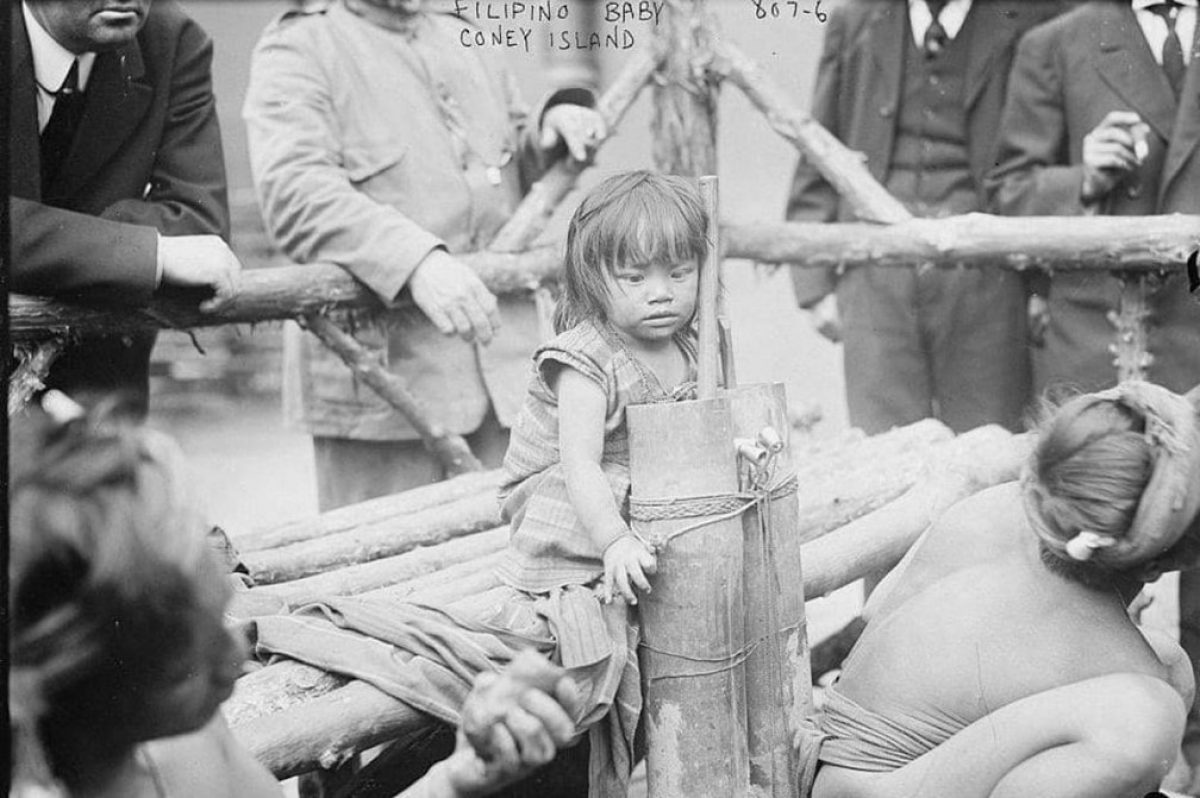Meet Marianneth Amper, the “Anne Frank” of the Philippines, a 12-yr-old girl who has lost hope & committed suicide on Nov. 02, 2007.
Days after Mariannet’s suicide, police investigators recovered under her pillow a diary and a letter addressed to a public service television programme asking for a new pair of shoes and school bag, and steady jobs for her mother and father.
In the last two entries in her diary about two weeks before she took her life, Mariannet lamented that she and her brother had been absent from school and they could not go to church because they had no money for fare and their father was suffering from a fever.
‘It seemed as if we were absent from school for a month now,’ she wrote in her diary. ‘We don’t count our absences anymore. I hardly noticed that Christmas is fast approaching.’
The Amper family is just one of millions of impoverished households in the Philippines still waiting to feel the benefits of an appreciating peso against the US dollar, the fastest economic growth in 20 years and increasing foreign investments. (Sept. 11, 2022 – In Sept. 2006, the Philippine peso was valued at least P56 to $1. After Typhoon Milenyo that devastated the Southern Tagalog region including the Metro Manila area, the oligarchs decided to artificially strengthen the Philippine Peso to P43 to $1 a rate that remained until January 2016 when the rate was fixed at P48 to $1.)
See:
According to United Nations data, more than 50 per cent of the Philippines’ 88 million people live on less than 2 dollars a day. A nationwide survey conducted by a local polling firm in September also showed that 21.5 per cent of Filipino families suffer involuntary hunger, up from from 19 per cent in November 2006.
Girl’s suicide indicts Philippine anti-poverty programme
Nov 9, 2007, 10:14 GMT


